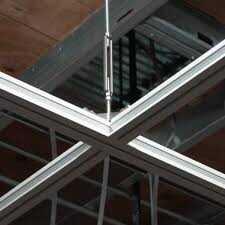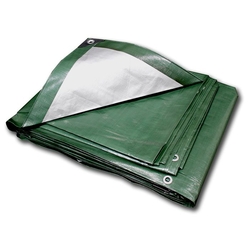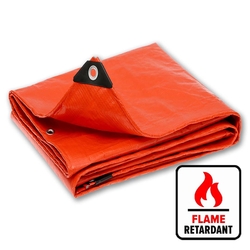
EXCEL TRADING LLC (OPC) - | E-Showroom

EXCEL TRADING LLC (OPC)
P. O. Box 5967 Abu Dhabi,UAE Abu Dhabi
United Arab Emirates
Phone
+971 50 3838194
Website
www.exceltradinguae.com
Ceiling suspension systems, also known as grid systems or T-bar systems, are structural frameworks used to create suspended ceilings in buildings. These systems are designed to support ceiling tiles, light fixtures, air vents, and other ceiling components.
Ceiling suspension systems consist of a series of main runners, cross tees, and wall angles that form a grid pattern. The main runners are installed perpendicular to the joists or structural beams of the building, providing the primary support for the system. The cross tees fit into the main runners to create the grid pattern, and the ceiling tiles or panels are placed within the grid.
Ceiling suspension systems offer several benefits. They provide a clean and uniform appearance, hiding the structural elements and utilities above the ceiling. This allows for easy access to electrical wiring, plumbing, and HVAC systems for maintenance or repairs.
These systems also offer flexibility in design and functionality. Different grid patterns and spacing options can be created to accommodate various ceiling tile sizes and shapes. Additionally, ceiling suspension systems can incorporate features like sound insulation, fire resistance, and moisture resistance, depending on the specific requirements of the building.
Ceiling suspension systems are commonly used in commercial buildings, offices, schools, healthcare facilities, and retail spaces. They can be sourced from suppliers specializing in ceiling systems or construction materials.
Professional installation is recommended to ensure proper alignment, stability, and adherence to safety regulations. Proper maintenance and regular inspections of the ceiling suspension system are important to ensure its longevity and performance in supporting the suspended ceiling components.
Sharjah Yellow Pages Online is a Local Business to Business Directory in Sharjah offering business list of more than 250,000 companies. You can find Hotels in Sharjah , Companies in Sharjah , Properties in Sharjah , Travel info in Sharjah through this Site. Yellow Pages Sharjah Updated in 2025 Get Maximum Benefit for your Business Visit YP MarketPlaces
| About Us Careers Company Information User Guide About Us |
Buying Options Post Buying Leads Browse Categories Companies in Sharjah How to Buy |
Selling Options Post Selling Leads Browse Categories How to Sell |
Safety & Support Help Safety & Security Copyright Infringment |
Advertising How to Advertise? Host Website with us Elite Membership |
Method Of Payment Privacy Policy Refund Policy Dispute & Resolution Policy Terms |
| Thanks for Posting your Requirement
with
Sharjah Yellow Pages Online
If you are not Verified Buyer then Please Verify Your Email to get Quotes from Verified Suppliers. |








|
Thanks for Reporting Error in Listing of on Sharjah Yellow Pages Online
Our Technical Team will review the Information and will Rectify the Error as Soon as Possible. |
| Thanks for Reply.
Sharjah Yellow Pages Online
Your Reply is Sent to the Buyer. |
| Thanks for Reply.
Your Reply is Sent to the Seller. |
| Ok Close |





